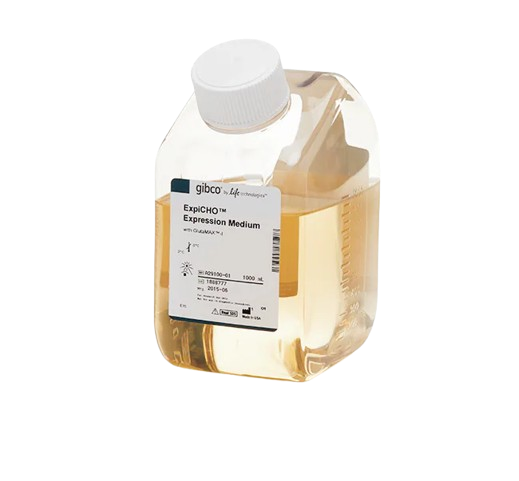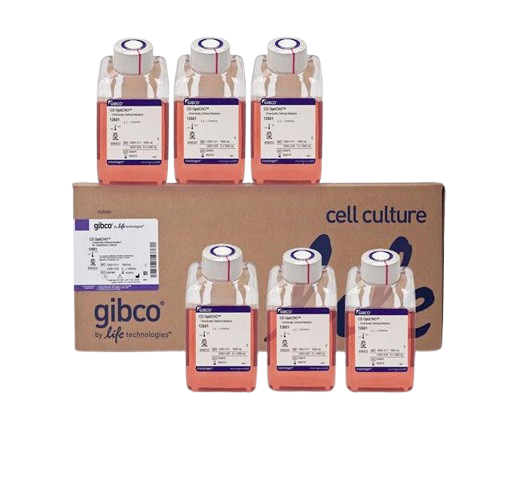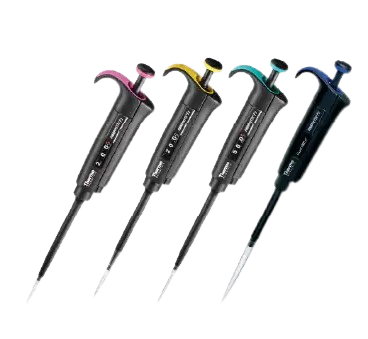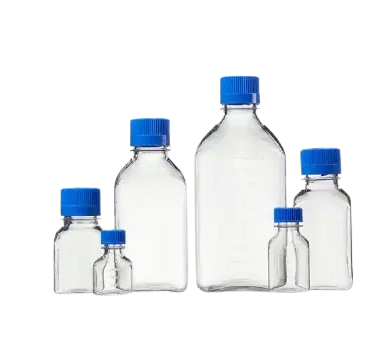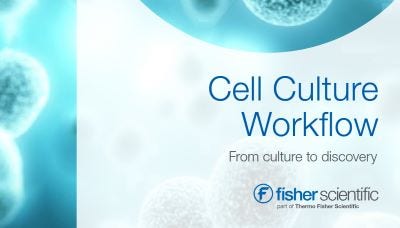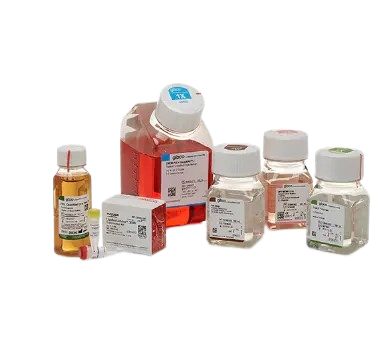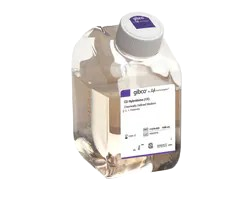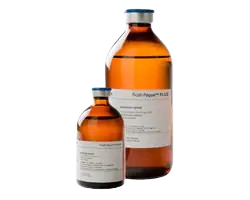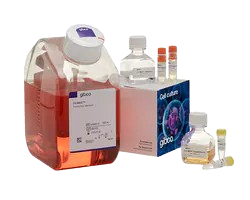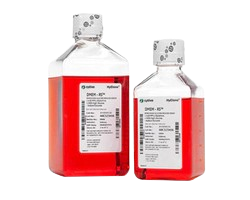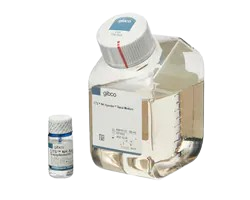Useful Links
Save Now - Exclusive Deals
Product Code 7180303
Product Code 7180304
Product Code 10887640
Product Code 7075674
Product Code 7075739
Product Code 17255896
Product Code 17205906
Must Have
Product Code 11574416
Product Code 16294262
Product Code 7058041
Product Code 7058042
Product Code 10316762
Product Code 10708405
Product Code 7075676
Product Code 15745513
Complete Your Order - Great Deals
FAQ
Chinese Hamster Ovary (CHO) cells are typically cultured in several types of media, depending on the specific requirements of the experiment or production process. Commonly used media include:
- Dulbecco's Modified Eagle Medium (DMEM): Often supplemented with 10% Fetal Bovine Serum (FBS) and other additives such as L-glutamine, non-essential amino acids, and antibiotics
- Ham's F-12 Nutrient Mixture: Frequently used alone or in combination with DMEM (e.g., DMEM/F-12) and supplemented with FBS and other nutrients
- RPMI-1640 Medium
- Serum-Free Media: without the use of animal serum (e.g., CHO-S-SFM II, EX-CELL® CHO DHFR-, CD OptiCHO™ Medium)
- Protein-Free Media: without the use of animal-derived proteins (e.g., CD CHO Medium, CHOgro® Expression Medium)
Chinese Hamster Ovary (CHO) cells are cultured in the following way:
- Preparation: Use appropriate culture media (e.g., DMEM, Ham's F-12) supplemented with necessary nutrients
- Seeding: Plate cells in a sterile culture vessel (e.g., flasks, plates) at the desired density
- Incubation: Maintain cells in an incubator at 37°C with 5% CO₂
- Feeding: Regularly replace the spent media with fresh media to provide nutrients and remove waste
- Subculturing: Periodically pass the cells to new culture vessels to prevent over-confluence and maintain healthy growth
When selecting CHO cell culture media, consider:
- Nutritional Requirements: Ensure the media provides all necessary nutrients, including amino acids, vitamins, and minerals, to support optimal cell growth and productivity
- Serum Content: Decide between serum-containing, serum-free, or protein-free media based on the need for consistency, cost, and regulatory considerations. Serum-free and protein-free media are often preferred for biopharmaceutical production
- Cell Line Compatibility: Choose a media formulation that is compatible and optimized for the specific CHO cell line you are using
- Productivity and Quality: Evaluate how the media affects the yield and quality of the desired product, such as recombinant proteins or monoclonal antibodies
- Regulatory Compliance: For biopharmaceutical applications, ensure the media components meet regulatory standards and are free from animal-derived components if required
